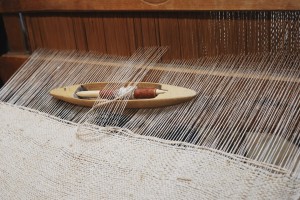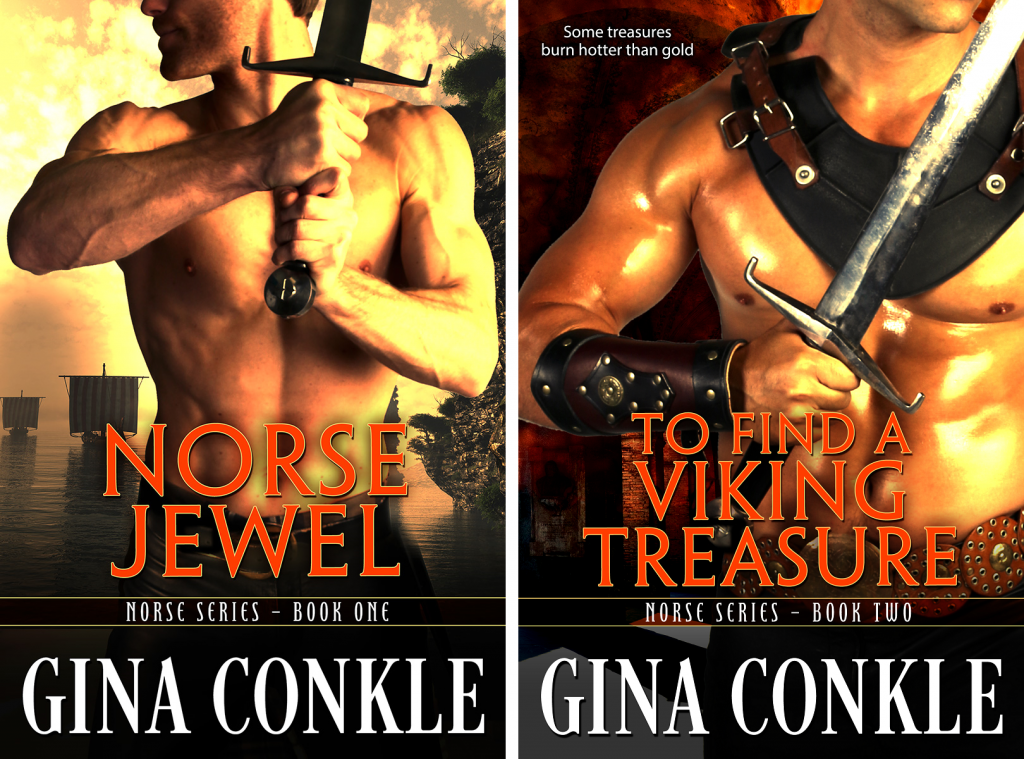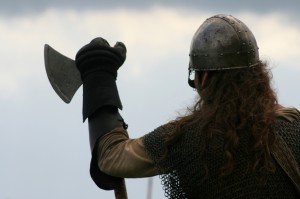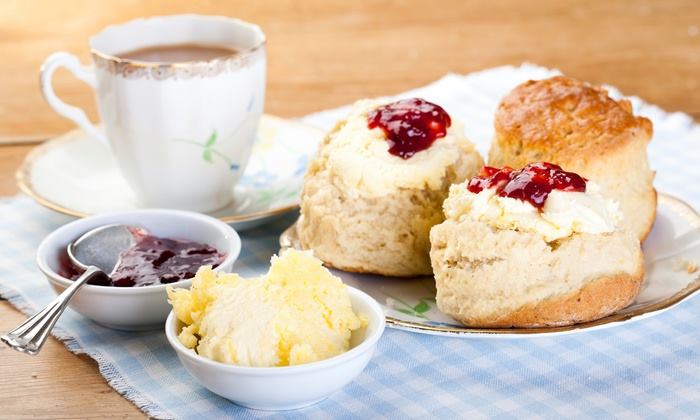We’ve all heard, “Behind every great man stands a woman.” I’d push the adage further.
Beside every great man stands a great woman.
Especially when it comes to Vikings.
Archaeologists have lately declared Viking women fought alongside Viking men — like this is a thrilling revelation. Many assumed the bones found at historical digs belonged to Viking men. Recent DNA tests corrected this. Turns out a lot of Viking women showed up to raid, fight, and defend. Often in equal numbers to the men.
Is this really a shocker? Or is this a symptom of narrow historical hindsight?
One highly esteemed Viking historian opened my eyes. Years ago, I read his book, expecting to get a well-rounded view of Viking history. You know what I got? Men, lots of Viking men. Fighting. Exploring. Conquering. Great for romance, but not so great if you want a balanced view of history. I remember putting the book down, thinking, “What about Viking women?”
Needless to say, only one of his books sits on my shelf.
Hungry for news about Viking women, I dug into other works. I wanted big news about Viking women and how they shaped their world, but I also wanted daily life details: parenting, cooking, weaving, and farming. What I found were adventurous women — women willing to get on a boat and travel far away, women as quick with the sword as they were with their looms.
And that brings me to how Viking women played a huge role ending “The Viking Age.”
 From roughly late 8th century to early 10th century, Vikings roamed and raided. They ruled the seas with their amazing keel-enhanced boats. A major definer of the Viking Age is the tremendous influx of foreign coins gained through pillaging and fair trade. It’s easy to see how foreign coins became the major currency of the era.
From roughly late 8th century to early 10th century, Vikings roamed and raided. They ruled the seas with their amazing keel-enhanced boats. A major definer of the Viking Age is the tremendous influx of foreign coins gained through pillaging and fair trade. It’s easy to see how foreign coins became the major currency of the era.
But, Viking women changed that.
By mid-eleventh century, the flow of foreign coins slowed. Cloth became the new currency. Yes, cloth! Silver was still used, but in some coinage places took a backseat to cloth. Iceland was one such microcosm of change.
When Iceland was first settled, silver (either hacked pieces or coins) paid for commodities like flour, tar, timber, linen, and wax. But, if you’re not raiding, your silver supply trickles. Icelanders watered down their supply with silver alloys called “pale silver” (bleikt silfr). Eventually, this stream ran out. Cloth became the currency for imports and fines for law breakers. You could argue desperate times called for desperate measures, yet the loom’s influence stretched across the ocean. The Norman town of Rouen became a major hub for textile trade.
 Do you recall which Viking established order in Rouen? Rollo (later baptised Robert, Duke of Normandy). There was a new chieftain in town. The duke began the transition of Rouen into a major international trade center with cloth as the key product.
Do you recall which Viking established order in Rouen? Rollo (later baptised Robert, Duke of Normandy). There was a new chieftain in town. The duke began the transition of Rouen into a major international trade center with cloth as the key product.
Who would think a hard Viking would turn to something so soft?
And if coins need metals and mints, cloth needs looms and women, since no Viking man would dare touch a loom. Apparently, Viking equality goes only so far.
Enter Viking women.
Young girls learned to weave alongside their mothers, same as they learned to wield weapons. Viking women were as quick to keep household income flowing with peaceful pursuits.
How fortunate for Viking men.
Thanks for stopping by! ~Gina
Share this on Facebook.
***
In my book, Norse Jewel, a Frankish thrall changes Viking history with her loom, falling in love with a Viking warrior along the way. The saga continues with fiesty thrall Sestra in To Find a Viking Treasure, where the weak save the mighty.
Amazon B&N Kobo iBooks GooglePlay Amazon B&N Kobo iBooks GooglePlay




Thanks for that bit of history about the women and their weaving…I weave so am interested in that.